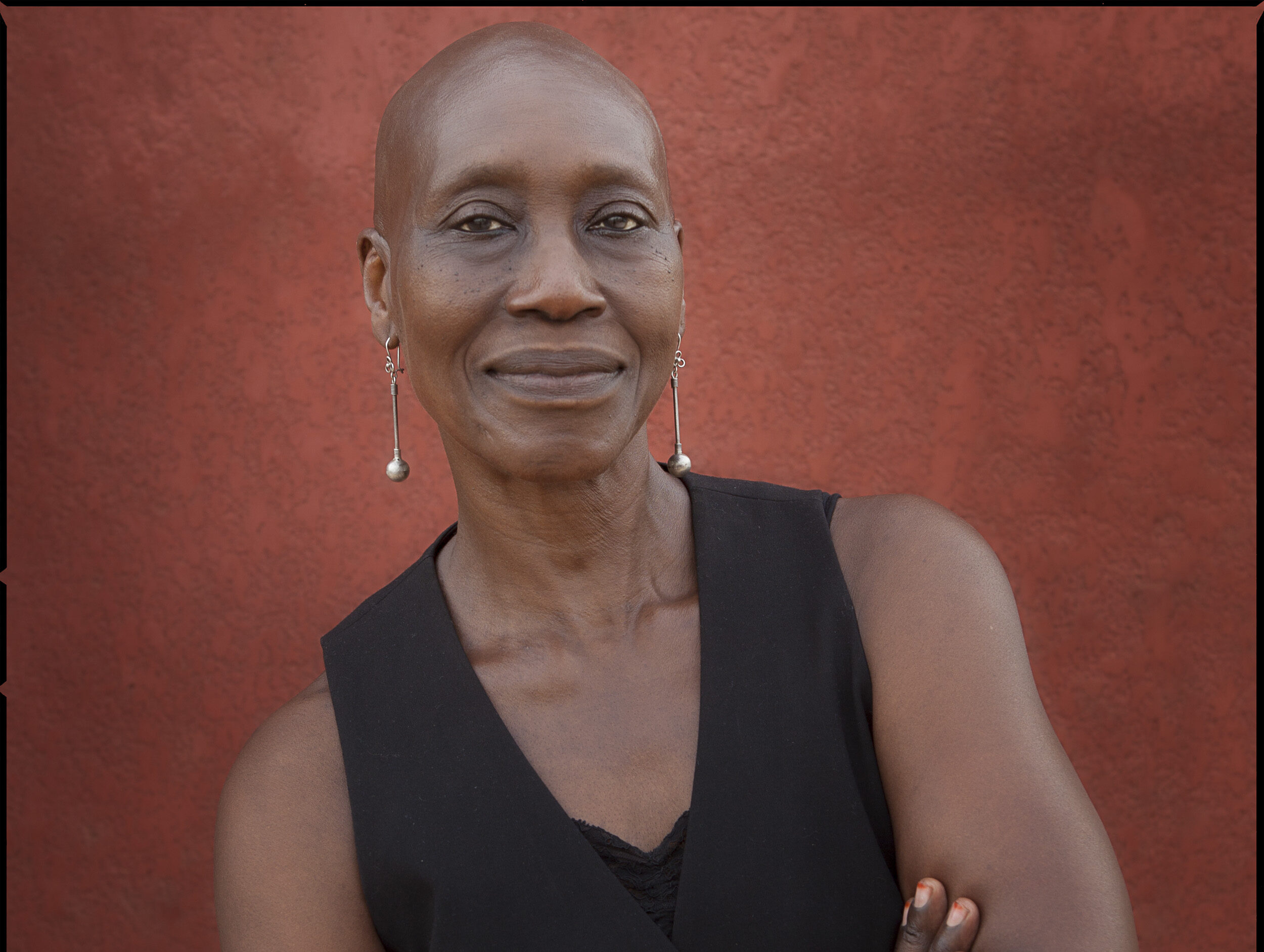Open Space
Peer to Peer Warm-up
We have reserved a designated space for students to converge, connect, and collaboratively prepare their bodies for a day of dance. Within this environment, fellow students have the opportunity to encounter one another, discover commonalities, share their personal practices, and engage in the exchange of knowledge.
Feldenkrais
The Feldenkrais Method is a work that gives agency to the artist through self-directed choice making. It redefines our habits by aligning our intentions through our actions, giving clarity to our thoughts and specificity to our movement. The work enhances our state of presence, gives us access to our creativity and develops our capacity for connection, leaving us with a remarkable sense of well-being.

Ami Shulman
Freelance lecturer
Contemporary Training by
Ami Shulman teaches a highly dynamic class that integrates the floor as an essential component for exploring full body connectivity and proprioceptive awareness. Her teachings focus on the efficiency and clarity of movement, which liberates the form and allows for a deeper range of physical expression. This approach fosters the movement potential of the individual, promoting somatic awareness while expanding the interpretive possibilities of the performer.
Feldenkrais
The Feldenkrais Method is a work that gives agency to the artist through self-directed choice making. It redefines our habits by aligning our intentions through our actions, giving clarity to our thoughts and specificity to our movement. The work enhances our state of presence, gives us access to our creativity and develops our capacity for connection, leaving us with a remarkable sense of well-being.
Classical Training by Agnès Noltenius
Akademie des Tanzes der Staatlichen Hochschule für Musik und Darstellende Kunst Mannheim
The classical training is suitable for all levels and for students with different backgrounds. The focus is on the relationship to space, work and coordination of the torso and arms.

CORPONOMY
corporeality + economics
with Eisa Jocson
What ‘Ideals and Role Models’ are accessible for you to learn and program into your body? Where can you go with this body? Where can you not go?
The workshop will expand on Eisa Jocson’s choreographic practice based on the term Corponomy: corporeality + economics, bodies shaped by economic conditions. She will go through the physical principles of Macho Dancer, training to perform the illusion of mass, volume, tonicity in the body as well as viscosity in time and space. This will be in contrast with the study of the physicality, voice and performance of happiness of Snow White, the archetypal Disney Princess.Embodiment is further pushed to the non-human by using princess vocality to go into stereotypy; a persistent repetitive behavior of animals confined in small spaces Manila Zoo. The workshop is a practice of reflection through a process of embodied dissonance; between the stored movement languages in one’s own body and its encounter with the movement languages in this workshop.

The freedom of the body
with Germaine Acogny-Vogt
Germaine Acogny’s dance technique blends traditional West African dances with Western contemporary elements, fostering bodily freedom. Inspired by nature and daily African life, movements, such as “the baobab tree” or “the deer”, are named, emphasizing a connection to breath and grounding. Classes involve a dynamic warm-up, exploration of technique movements (standing and floor barre) and combining movements into dance sequences. Acogny encourages western dancers to embrace African dance’s richness and power as a unique source of inspiration. The importance of musical collaboration is highlighted, emphasizing intuitive movement and the musician’s role in guiding dancers. Extended courses include improvisational sessions, allowing participants to integrate learned elements with their individual dance styles. Acogny’s technique provides a fresh perspective on bodily language, deeply rooted in Africa yet universally resonant.